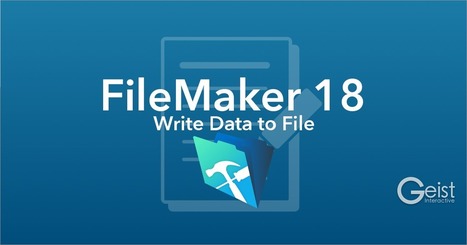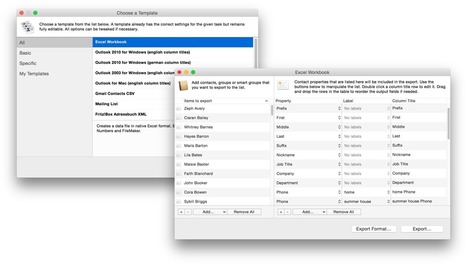Apple’s Contacts app is much more than Grandma’s little black book, and its integration with your Mac gives it a lot of flexibility.
For what it can’t do, others have picked up the slack.
...
Exporting Your Address Book
Sometimes it’s easy to provide your contacts to other applications: a program may simply ask permission, and the transport happens seamlessly.
At other times, though, you must export your contact data before you can import it elsewhere.
Contacts provides two export formats: vCard or a Contacts Archive.
vCard is useful for importing into many programs on a variety of platforms.
A Contacts Archive, on the other hand, is only used to transfer your contacts to another Mac that is also running Contacts.
What if your destination app doesn’t understand vCard and wants a text file?
Unfortunately, Contacts lacks a simple text export option that puts your contacts into the common tab-delimited or comma-separated text formats.
Luckily, there are utilities that can read your contacts list and export it as a comma-separated or tab-separated text file, suitable for import into such programs as Excel, FileMaker, Outlook, and Sales Force.
One such app is Subclassed’s Export Address Book ($3.99).
http://www.subclassed.com/software/export_address_book/details
This little gem even includes hidden fields like Creation and Modification Date in the exported text file.
 Your new post is loading...
Your new post is loading...
 Your new post is loading...
Your new post is loading...















